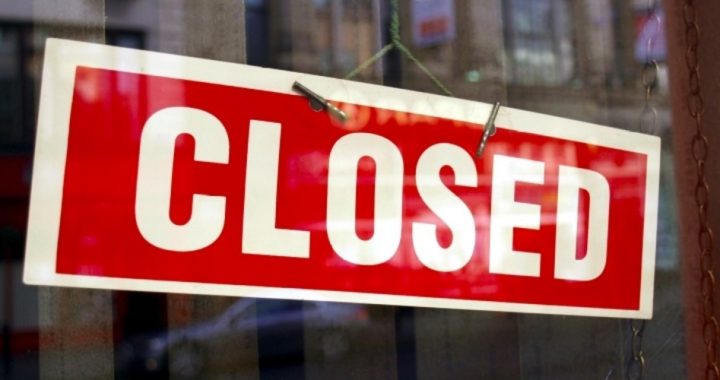
Polls taken by the Conference Board, the University of Michigan, the New York Federal Reserve, and the National Federation of Independent Business (NFIB) are consistent: Consumer and business sentiment is taking a dreadful hit thanks to the “social distancing” and “sheltering at home” protocols put in place last month to fight the virus.
With 250 million Americans affected, or about 75 percent of the country’s population, the results, although widely anticipated, were worse than expected.
The Federal Reserve Bank of New York reported on Monday that its latest Survey of Consumer Expectations, which measures consumers’ expectations that they might shortly become unemployed, jumped to the highest level seen since it began in 2013. The bank also noted a sharp decline in expectations for growth in income and spending.
The NFIB survey, which focused on small businesses (businesses with fewer than 500 employees), showed that owners’ optimism about the near future fell in March to 96.4, an 8.1-point decline from February and the largest monthly drop in more than three decades. And this survey only covered the first half of the month so, as a spokesman for the group said, “the sharp decline in employment is not reflected in the March survey data.”
The nation’s unemployment rate jumped to 4.4 percent in early April (up from 3.5 percent in March), but forecasters say the rate could jump to at least 10 percent in May, if not higher.
Surveys from the Conference Board and the University of Michigan also reflected the impact of the shutdown, showing deteriorating views on income, spending, access to credit, housing, and the labor market. Lower-income workers are especially worried about losing their jobs.
However, the federal government is shoveling out cash to small business owners at record rates, estimated to be $2 billion per day. At that rate, the $350 billion allocated to help small businesses stay afloat during the crisis will soon be exhausted, and politicians in Washington are now talking about making additional billions available.
Some 40 percent of small businesses are at risk of going out of business for good, as The New American has reported. Many more are just hanging on in the absence of paying customers coming through their doors. Especially at risk are small restaurants, hair salons, small grocery stores, bakeries, delicatessens, small-scale manufacturers, and Internet-related businesses such as web design and computer programming.
Also at risk is the one quarter of Americans working in the “gig” economy, such as Uber and Lyft drivers, freelance writers, online sellers, and those renting out guest rooms to visitors through platforms such as Airbnb.
The good news is that the virus infection “curve” is beginning to flatten, and attention is now being directed at efforts to restart the economy after its sudden stop. That will likely have a positive impact on future sentiment readings.
Small business owners have the advantage of being exceptionally nimble, seeing and grasping new opportunities as they arise. The free market teaches that when demand revives, supply will follow shortly thereafter by entrepreneurs seeing and acting on that demand.
An Ivy League graduate and former investment advisor, Bob is a regular contributor to The New American, writing primarily on economics and politics. He can be reached at [email protected].
Related article:
Ipsos, Harris Polls Report Virus Shutdown Is Closing Small Businesses Permanently




